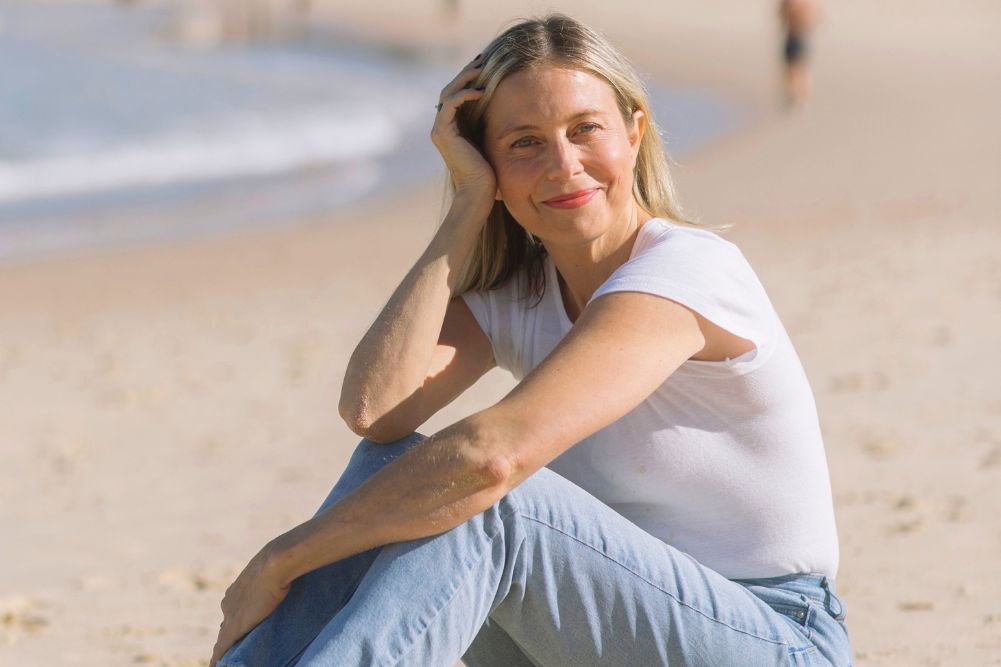What causes low back pain?
Up to 80% of Australians will suffer from low back pain at some point in their lives. Of that 80%, about half will experience recurring incidents of pain. Of those who are unlucky enough to experience ongoing episodes of pain, about 20% will develop “Chronic” or, ongoing pain.
So what causes it? (Acute or Chronic?)
Originally we thought that the main cause of low back pain was mechanical – there are many working parts in the lower spine, such as joints, ligaments, discs and muscles. These parts all work to keep us moving and keep us upright, carrying the weight of our upper bodies and working with our pelvis to move our legs.
We know that these moving parts can be injured. Just like you can sprain an ankle, you can sprain a spinal joint. If you twist in an awkward way, you might overstretch the ligaments that hold the joint together, leading to swelling in the area and pain with movement.
Chronic pain occurs when our brains start to equate “normal” messages as “danger” messages.
Another common back injury is a disc herniation/prolapse (also called a “slipped disc”), where the small, cushiony structures that sit between our vertebrae start to bulge out the side a bit (Not always a problem! I’ll discuss this in another post).
The above mentioned injuries are what we call “acute” injuries. (Meaning, caused by an incident and leading to pain due to injury, with an expected recovery time of less than about 3 months).
The pain we feel with acute injuries is usually as a direct result of swelling or inflammation. The area will usually be hot and stiff, perhaps bruised, and the muscles around it might be in spasm. The swelling causes the nerve endings around the area to send messages to your brain saying “danger!”, which your brain then interprets as pain.
In this type of low back pain, you can expect that your body will heal within 1 week (minor sprain) to 12 weeks (severe sprain or disc injury). Once your body has done its healing, the swelling that was present has disappeared, and thus, so should your pain.
But sometimes the pain remains. This is called “chronic” pain.
Chronic pain occurs when our brains start to equate “normal” messages as “danger” messages.
For instance, if you’ve had a disc prolapse, your brain has been interpreting the signals from that area as “danger!” for a while and gets out of practice with understanding other messages such as temperature or pressure. In this case, even if the area is healed, the brain accidentally misinterprets normal, safe messages as pain instead. We currently don’t know exactly how or exactly why this happens, although some interesting research is happening all the time.
Each of these scenarios requires a different approach to treatment. Keep an eye out for next week’s blog post, where I will discuss how best to manage both acute and chronic low back pain.
Stay well,
Claire









